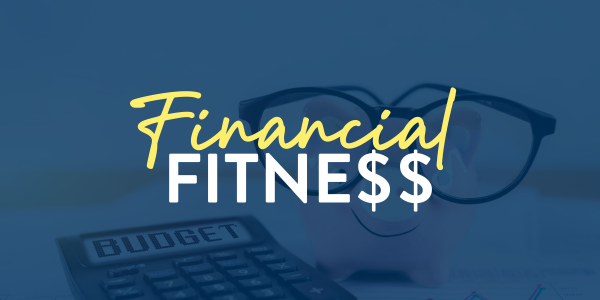
Jumbo loans. Their name kind of hints at their function. The jumbo loan program is designed for loan amounts that exceed the conventional conforming loan limits of the Federal Housing Finance Agency (FHFA). In other words, they’re big loans. Some might even call them “jumbo.”
A large loan amount can mean something different to everyone—especially depending on where you live—which is why the FHFA carved out some guidelines on jumbo loans. Understanding them will be key to understanding when you need a jumbo loan.

Conforming vs. Non-Conforming
A jumbo loan is a non-conforming loan, meaning it exceeds the loan limits set forth by the FHFA for conventional conforming loans. The conforming loan limit has been set at $548,250 for 2021. This is up from $510,400 in 2020.
But the FHFA’s limit can go as high as $822,375 in certain high-cost areas. This limit varies by county, so be sure to talk to your Loan Advisor about the limits in the counties you’re looking at when shopping for a home. If you’re looking to purchase a home in any county where the loan amount will go above the limit, you’re looking at a non-conforming loan—a jumbo loan.
Perks of a Jumbo Loan
The main perk of a jumbo loan may be obvious: You get more money! (Of course, since you’ll be on the hook for these repayments, understanding when you need a jumbo loan is crucial to being a responsible borrower.)
But jumbo loans offer additional benefits:
Purchasing power. A larger loan means more purchasing power than a conventional, conforming loan can offer. A jumbo loan can let you expand your homebuying search, purchase a larger house, or upgrade neighborhoods. More money equals more access!
Low down payment options. Jumbo loan programs can accept as little as 5% down; it all depends on the lender. Most jumbo loan lenders will require somewhere between 5% and 20% down, with many falling in the 10% to 15% range.
Competitive interest rates. Many people assume these higher loan amounts carry higher interest rates. That isn’t necessarily true. Many jumbo loan programs offer competitive rates, some of which are lower than conforming loan rates.
Multi-family purchases. These large loans aren’t just for single-family homebuyers. Jumbo loans can also finance multi-family homes that contain up to four units. You can purchase a multi-family home with a jumbo loan whether you’re planning to live in the home or use it as an investment property.
Types of Jumbo Loans
Now you know what a jumbo loan is and what it’s used for, but you also need to know the types of loans out there. That’s key to understanding when you need a jumbo loan.
The nice thing about jumbo loan programs is that you can obtain a fixed rate, adjustable (ARM), or interest-only loan. Though jumbo loans offer attractive rates to begin with, an ARM can secure an even lower rate in the beginning of the loan term, making it a viable option in some instances.
Be sure you talk to your Loan Advisor about your short- and long-range goals, since an ARM may not be right for you if you’re buying your forever home.
Requirements
Determining whether you qualify is another important factor in understanding when you need a jumbo loan. This loan program doesn’t have a ton of requirements, but there are a few considerations to keep in mind:
Credit score. A minimum credit score of 680 is typically needed to qualify for a jumbo loan—although there are many options available with lower credit requirements, so ask!
Qualified income. Many types of income may be used to qualify for a jumbo loan, including income earned from being self-employed. Some programs even offer the ability to use other non-traditional income to qualify.
Reserves: An average of 6 to 12 months of reserve savings (liquid assets) generally must be shown to qualify for a jumbo loan. A one-month reserve is equal to one mortgage payment, including taxes, insurance, and any assessments. Retirement and investment accounts can be used to satisfy this requirement in many cases.
Debt to income ratio: Though this varies by lender, DTI ratios are typically more stringent on jumbo loans. A DTI as high as 49.9% may be allowed, but this tends to come with certain restrictions—and possibly a higher interest rate.
Appraisal: You may have to pay for two appraisals, and the appraisals can be more expensive on these larger homes. This is usually dependent on the loan amount but can also vary from lender to lender.
Understanding When You Need a Jumbo Loan
Now that you have a good understanding of when you need a jumbo loan, you can consider your loan type, property type, and location to evaluate whether a jumbo loan is right for you.
A jumbo loan is an attractive loan program for a number of reasons. But when it comes right down to it, the ultimate value of a jumbo loan is that it gives you more choices. Understanding when you need a jumbo loan can help you determine whether these expanded choices would work for you—or would simply leave you with a larger loan to repay.
APM can help you make those calls. We take your entire financial situation, goals, timeline, and concerns into consideration before working with you to create a plan that will get you into your dream home faster.
Get started by finding a Loan Advisor near you.








